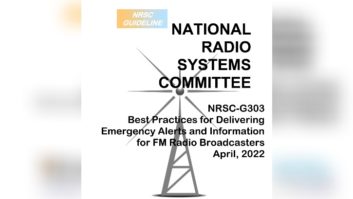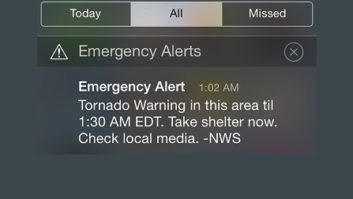Swedish broadcast infrastructure equipment maker Teracom is distributing a study by A-Focus, a technology and market research firm, that questions the ability of cellular networks to replicate current radio broadcast economics and coverage.
Presented at a recent seminar hosted by Teracom, A-Focus Senior Consultant Göran Hedström, study author, said, “Some people believe it is possible to replace Swedish broadcast radio with radio via Sweden’s cellular networks. Surely, they have not done the math. I have done the math, and the conclusion is clear — it is not a realistic alternative.”
Hedström cites differing network capacities, costs and accessibility as key points.
Concerning cellular network capacity, a summarizing release says, “An enormous capacity would be required to stream today’s radio services in a mobile broadband network. When converted, today’s radio listening represents a larger amount of data than all the incoming and outgoing data in all four mobile operators’ networks, in 2012.”
In addition, it is said that cellular distribution would cost €860 million (approx. $1.2 billion) for cellular distribution versus €10–€20 million ($13.5–$27 million).
The report also questions the technological familiarity concerning large numbers of Swedes. “Approximately 1.2 million Swedes live in complete alienation [isolation] today when it comes to using the Internet. They have more or less never been on the Internet, and only half of the Swedes with smartphones have used their phones to go online,” it says. The release adds, “For a cellular network scenario to completely substitute terrestrial broadcasted radio, the radio listeners would need to subscribe, register and pay regular invoices for a service that previously has been free.”
The study examined “a scenario in which the analog FM network is shut down in 2022 and is not replaced with a digital terrestrial network (with DAB+ or a compatible technology) but rather by using the cellular networks to broadcast digital radio.” It can be downloaded here.









